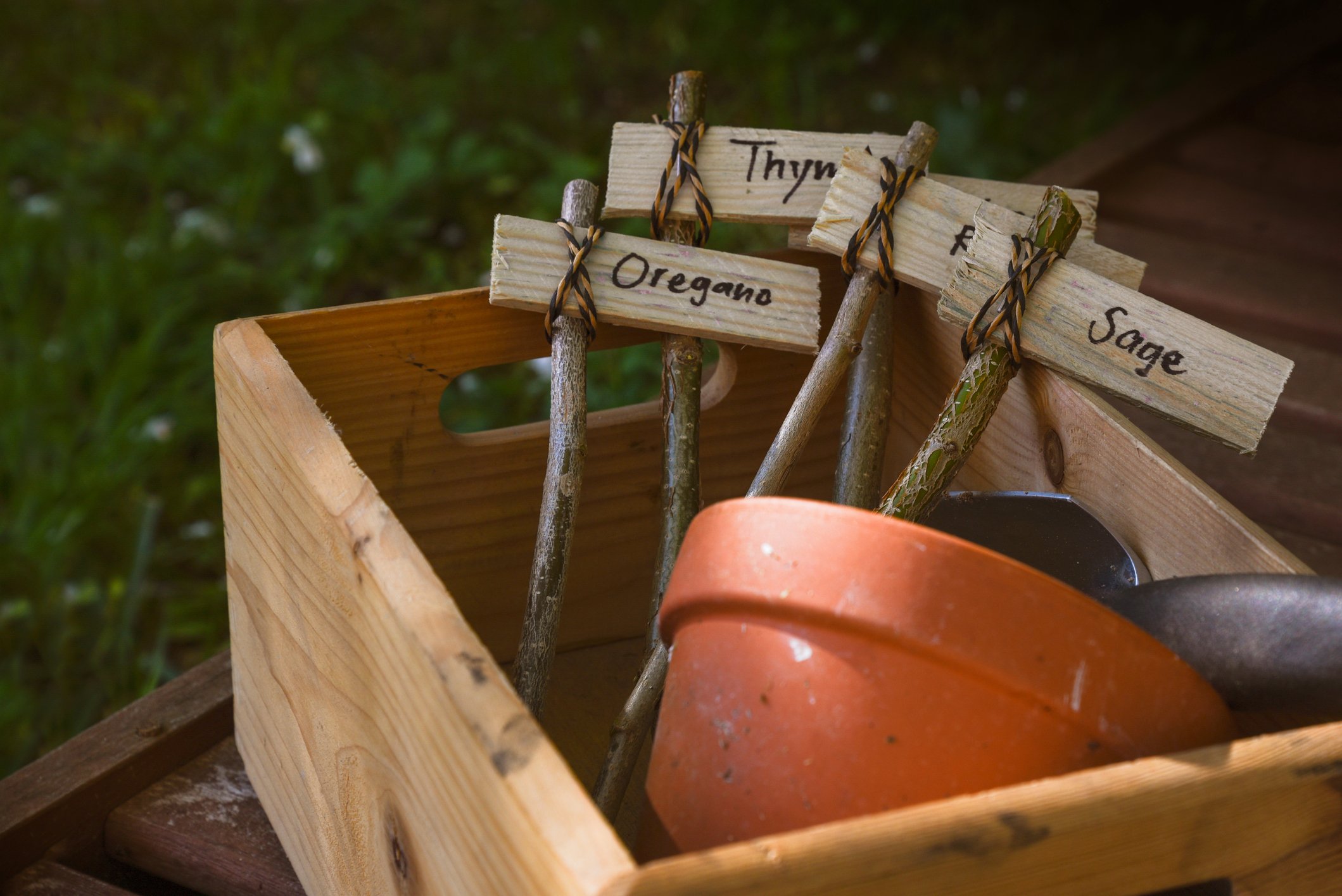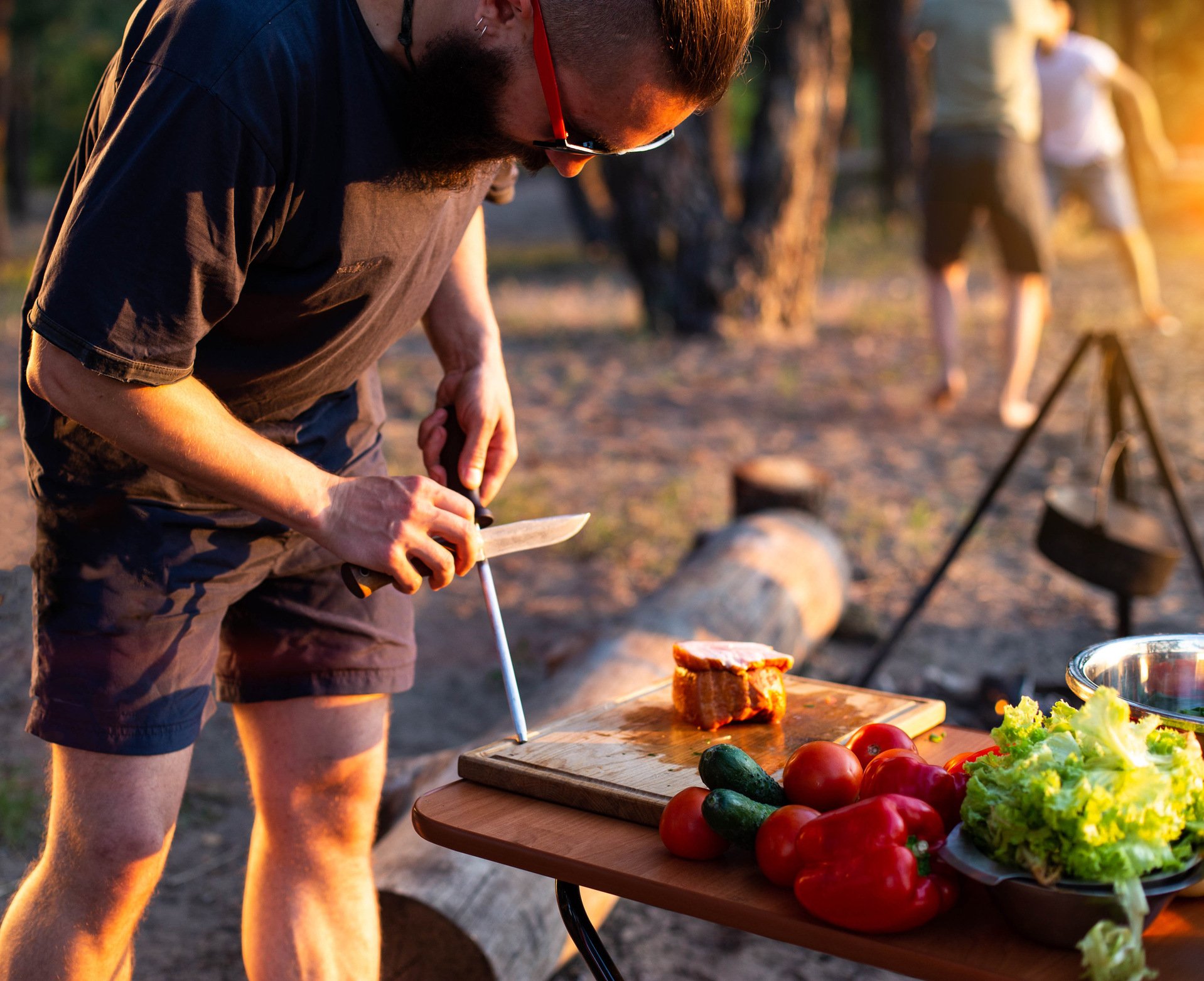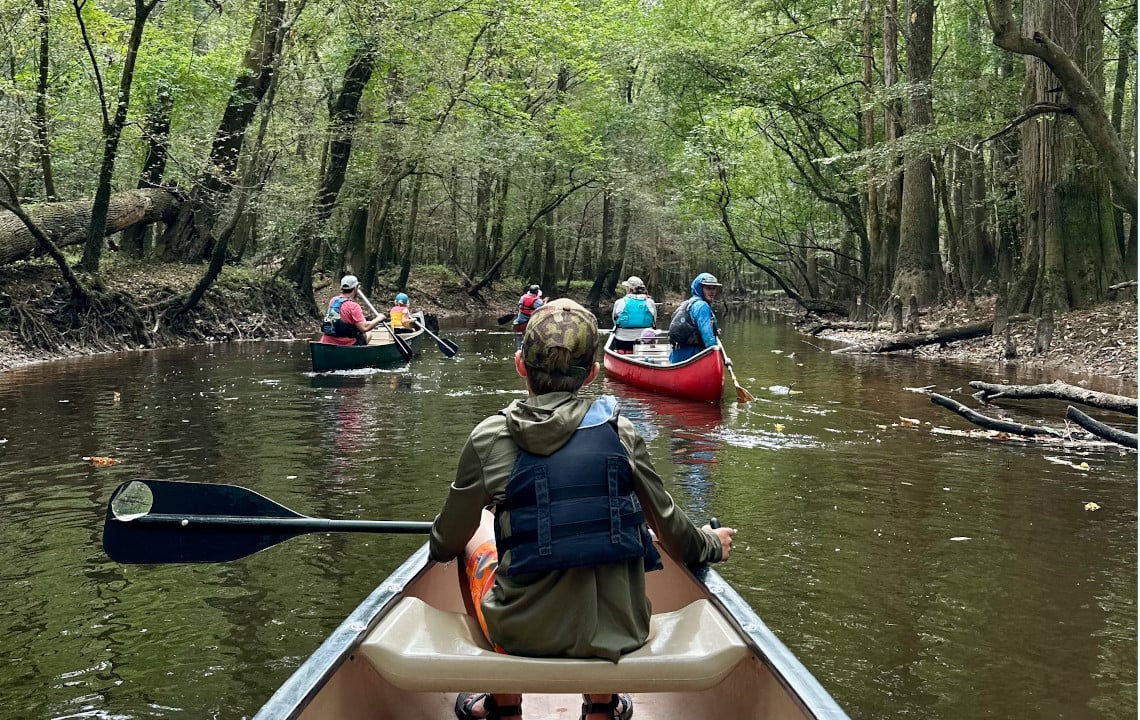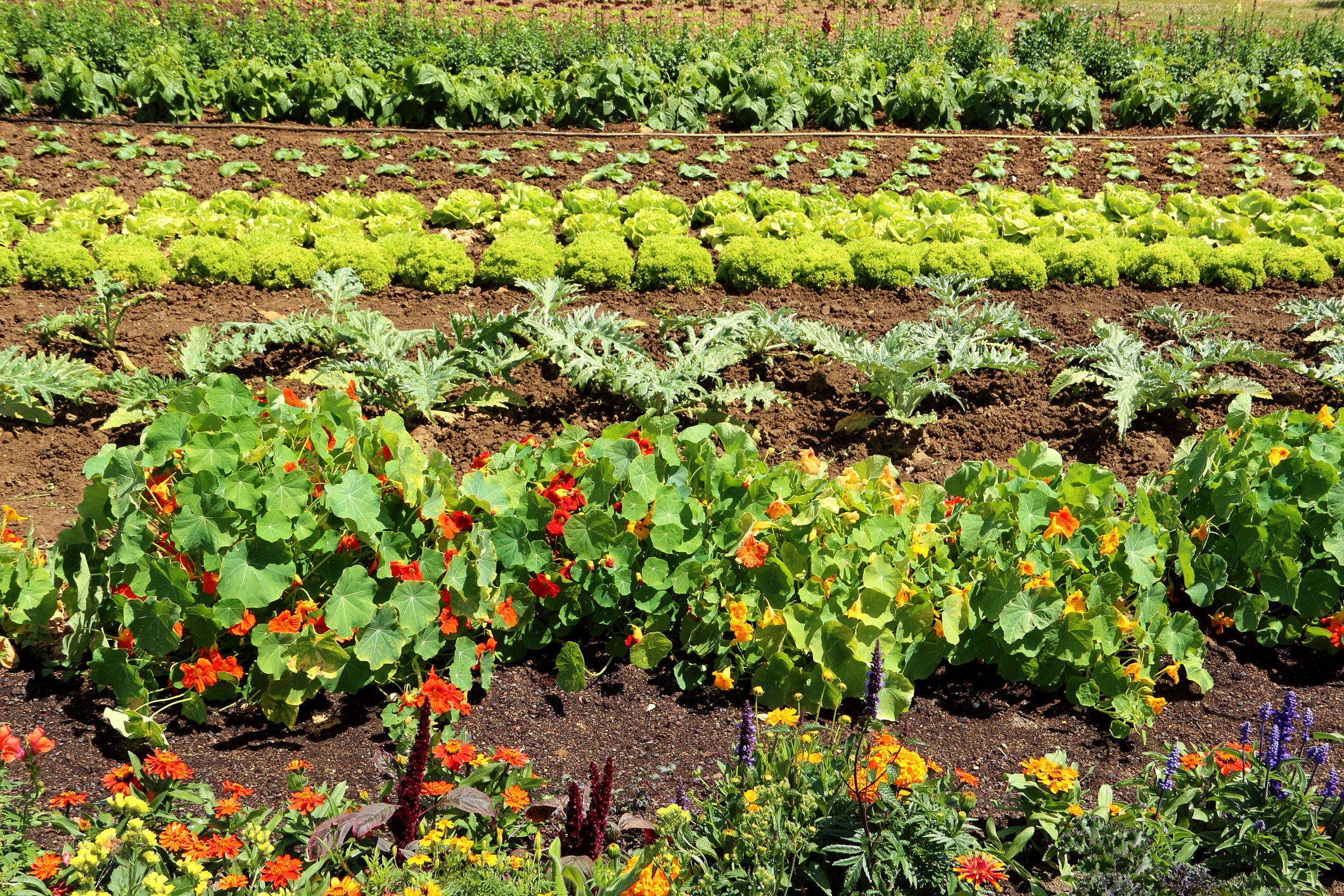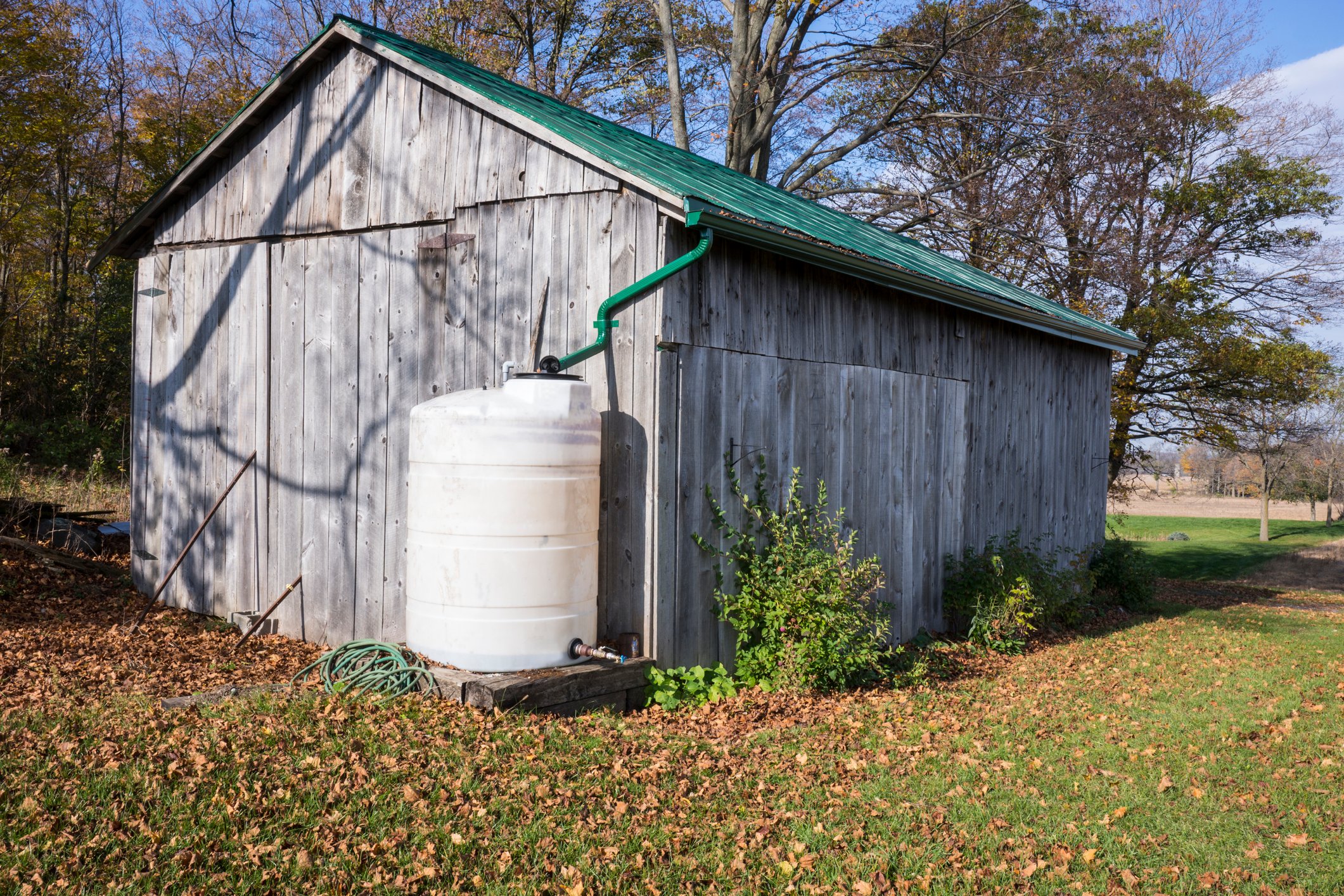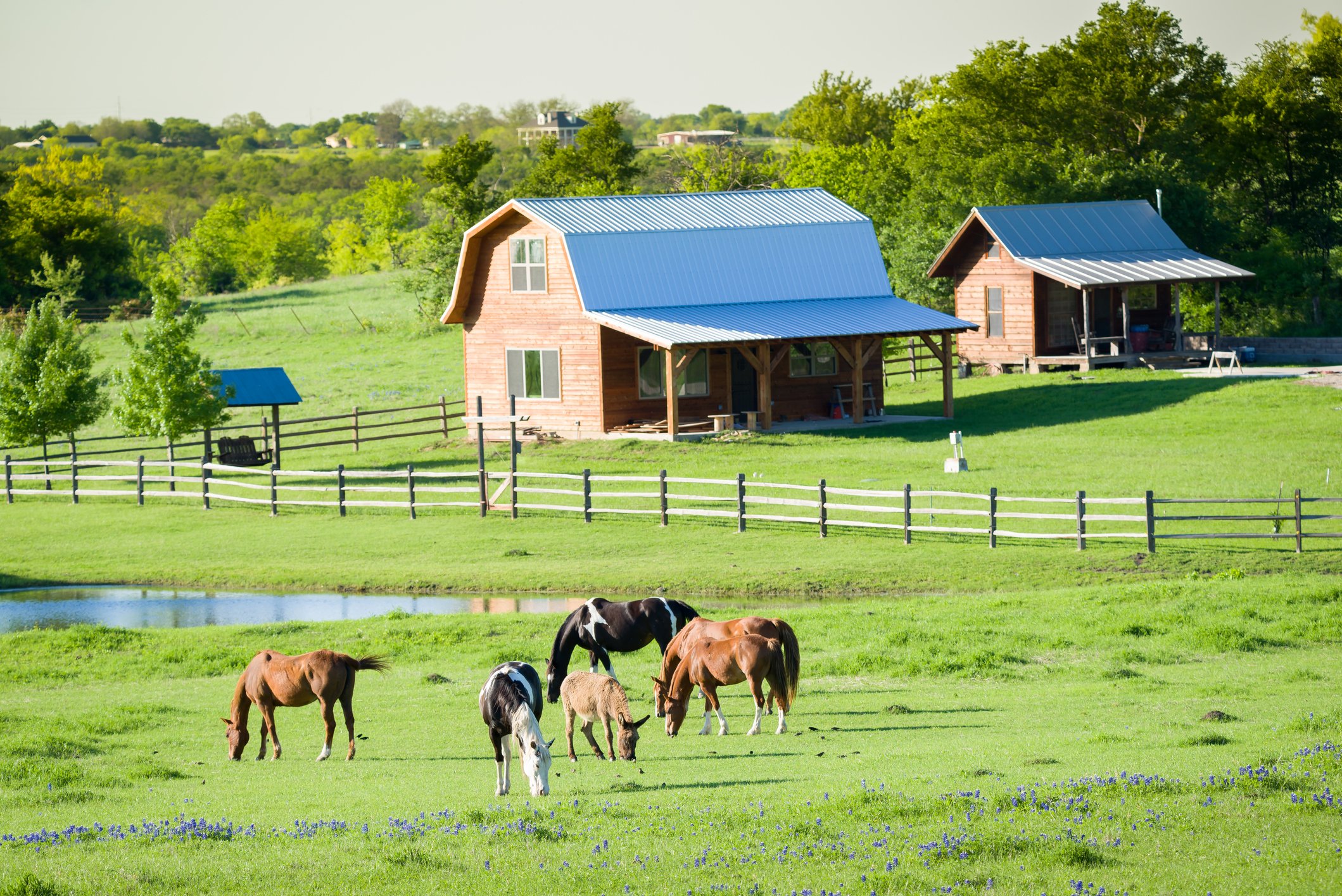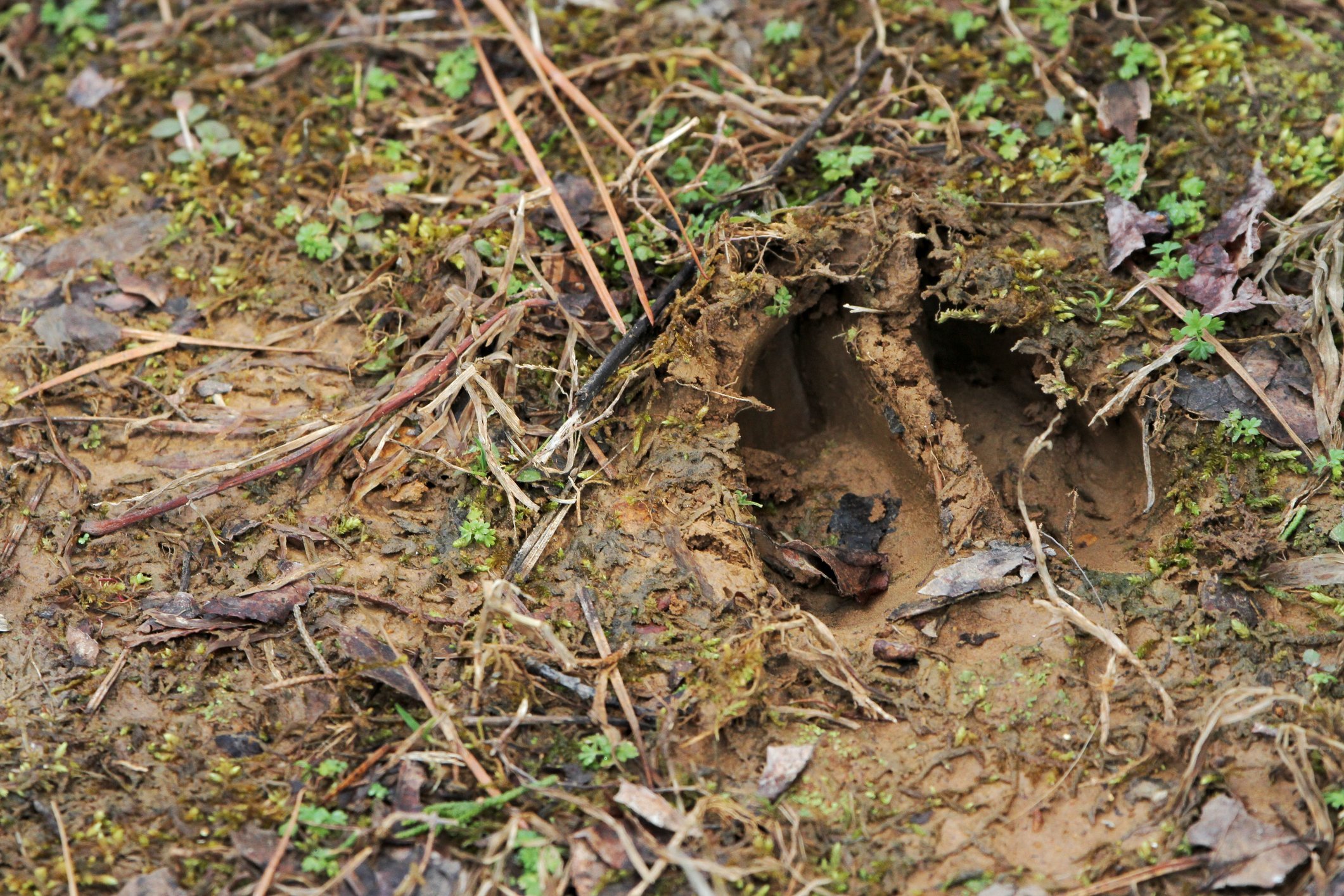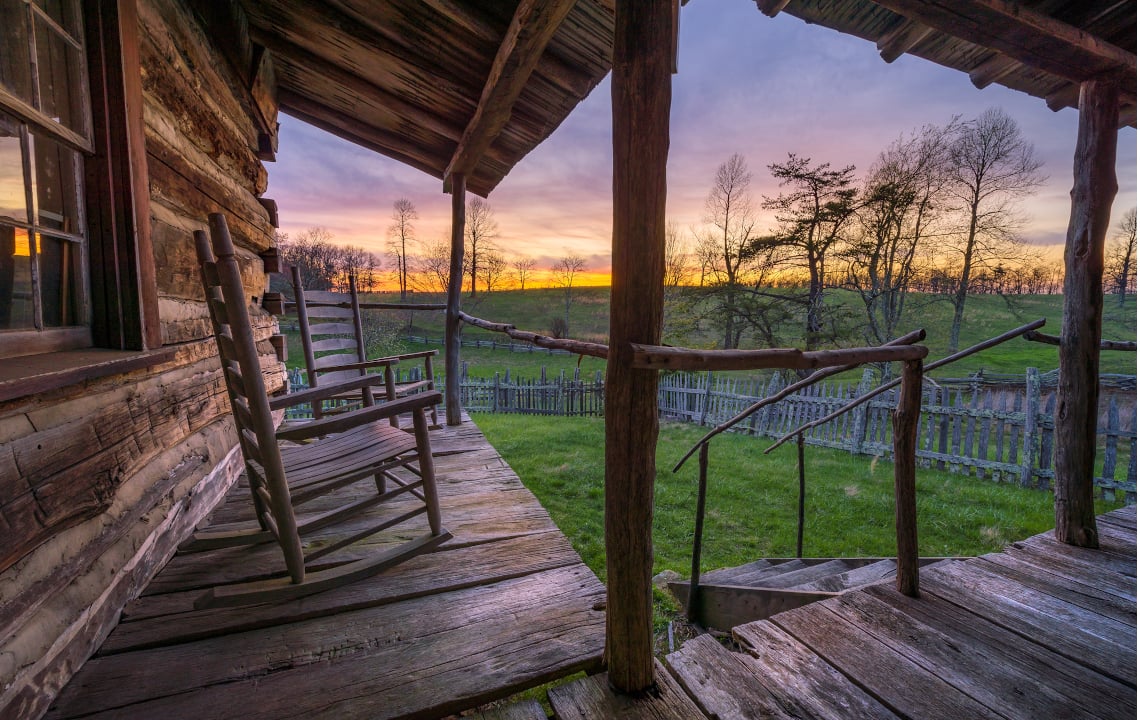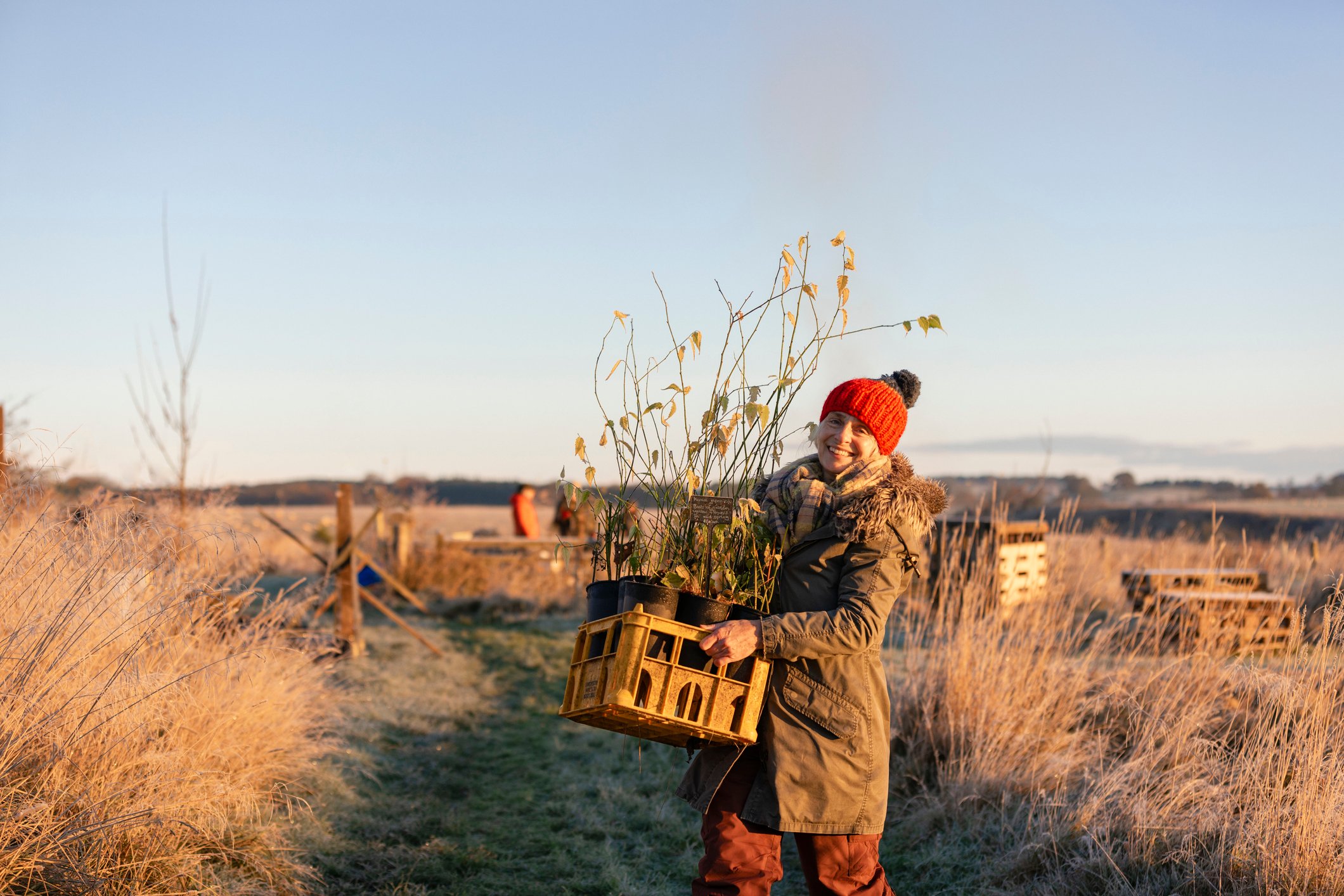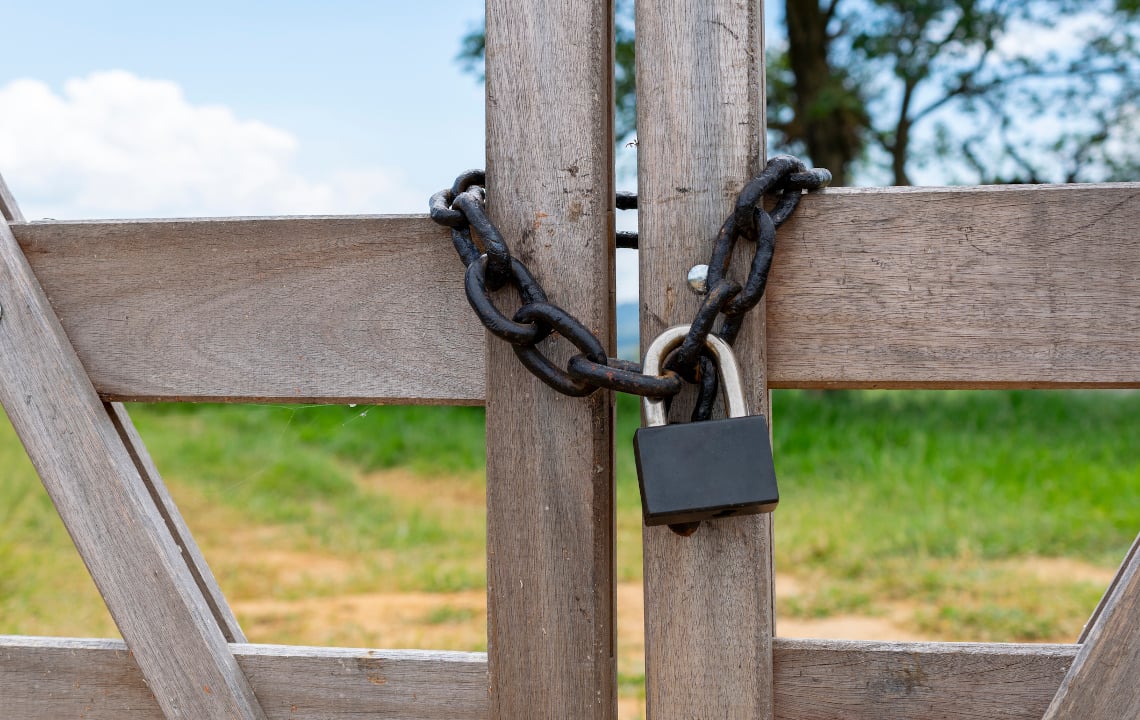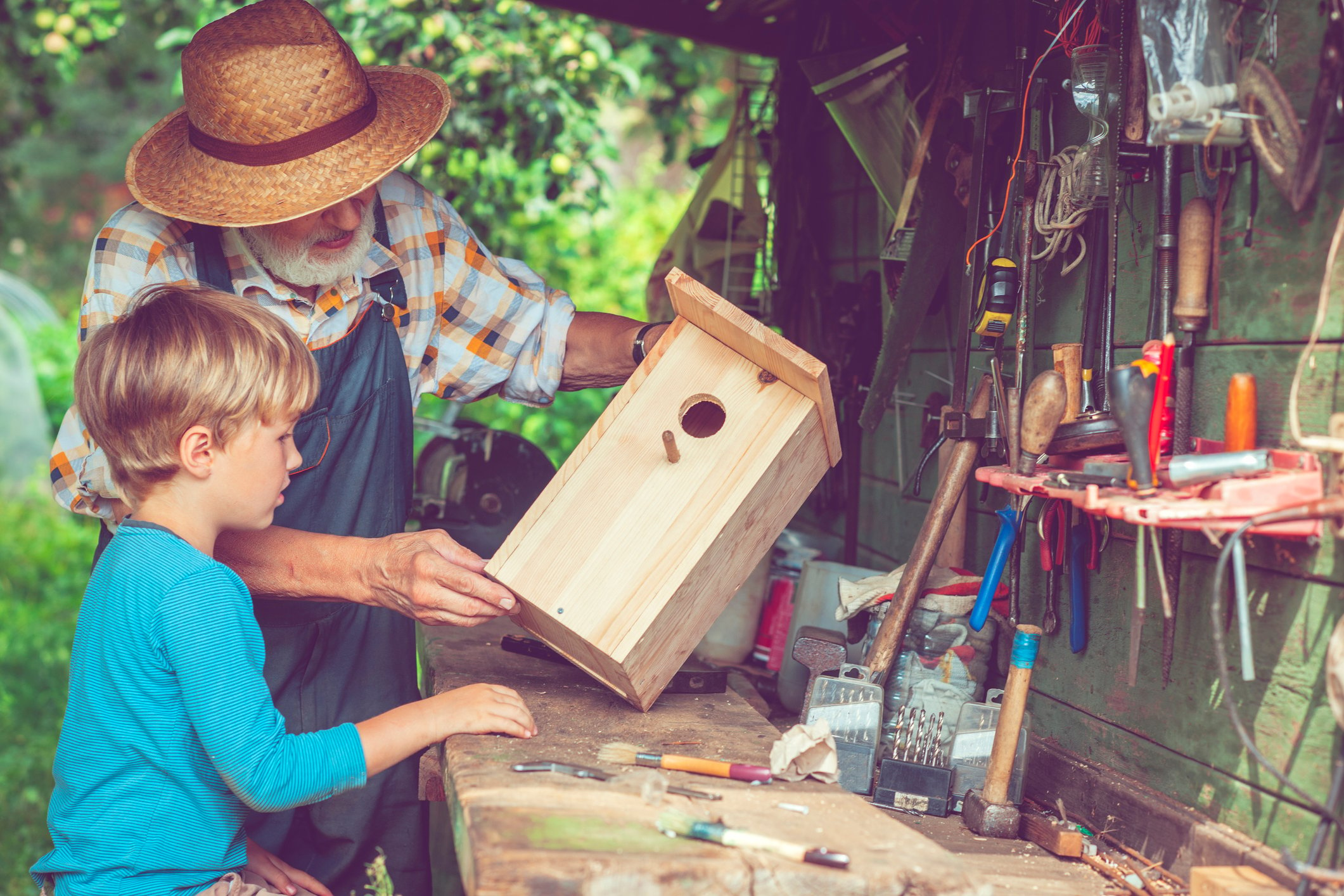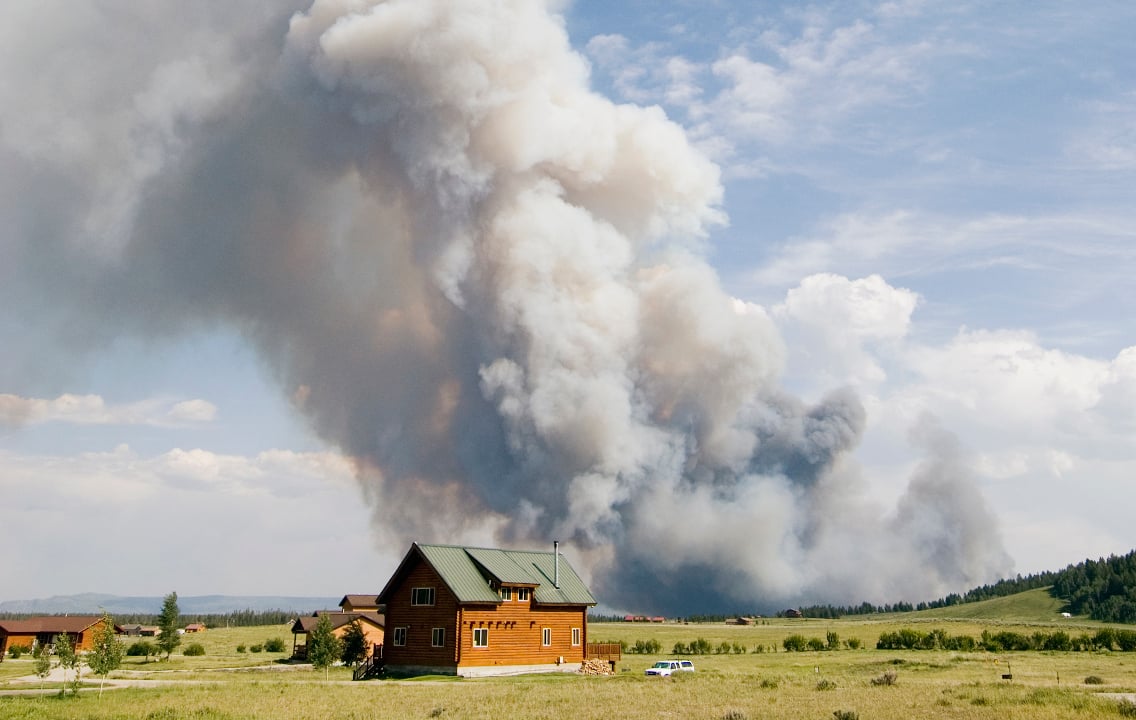Survival expert L. Woodrow Ross explains how to make tools from recycled scrap metal and natural materials.
Learning to utilize items by recycling and making them into something useful is one of the marks of a skillful outdoorsman. As an instructor of primitive and survivor skills, I have always been interested in salvaging things or using what nature provides to craft something that serves a purpose or meets a need.
Shaping scrap metal into new tools
 One of the skills that has served me well is recycling scrap metal such as old lawnmower blades and similar scrap to fashion knives, projectile points, scrapers and such. The steel in a lawnmower blade can be shaped with an angle grinder or heated and forged into an infinite number of useful items.
One of the skills that has served me well is recycling scrap metal such as old lawnmower blades and similar scrap to fashion knives, projectile points, scrapers and such. The steel in a lawnmower blade can be shaped with an angle grinder or heated and forged into an infinite number of useful items.
Angle grinders are relatively inexpensive and may be used to shape metals and perform a number of useful tasks.
All that is involved is to mark out the desired shape on the blade, clamp it into a vise and use an angle grinder with a metal cutting disk to cut along the pattern marking. After the shape is cut, final shaping may involve using a belt sander, grinder or a file to fine-tune the shape. Use your imagination and you can create some unique tools.
Tools I've created using scrap metal:
Here are a couple of recent projects I did, myself, using scrap metal:
I shaped a piece of locomotive rail into an anvil. This was accomplished by shaping one end with an angle grinder to facilitate hammering heated steel into intricate shapes.
I created a small forge from a large can (101 ounces, 6.3 pounds). The forge is for heating small pieces of metal used to make knives or to bend and shape metal rods for various projects. One end is removed from the can and a small circle is cut in the other end. A small diameter can such as an aerosol can is placed upright and centered in the large can.
Some of the items that I have created from lawnmower blades include bush-craft knives, skinning knives and curved-blade woodworking knives (for bowl-making or spoon-making) and arrowheads (single and double bevel). Most of these are made for my own use or for gifts to friends and not for commercial purposes.
Tips on creating tools from scrap materials
Knowing a few simple techniques will make your tool-making pursuits much easier.
Tip 1: Plaster of Paris may be mixed 50/50 with sand to produce a fireproof mortar.
After mixing equal parts Plaster of Paris and sand, add water to make a thick mortar.
I used this mixture to make the forge. I packed it around an aerosol can and allowed to partially dry before removing the aerosol can. (If allowed to fully dry, it is almost impossible to remove the can.) I drilled a hole about 1/3 of the distance from the front end of the can on one side and angled toward the back. The drilled hole must be slightly bigger than the tip of a propane torch to allow the flame to be directed into the center of the forge.
In the future, I'll make a larger, more traditional forge using truck hubs and steel pipe with a blower to accelerate heating. This can be used with coal or charcoal as fuel. It will facilitate the forging of larger projects and open up a wider range of possibilities.
Tip 2: Use oil instead of water to quench heated materials
When heating materials with a forge, after they are hammered into shape, they have to be quenched. Some use water, but oil is a much better choice and is better for this use because certain steels will crack when you use water. Oil hardens slower than water, but will not crack the metal.
Which oil is best for quenching? Used motor oil, cooking oil or similar oils may be used.
Tip 3: Plan ahead to ensure safety while you work
Safety is foremost and any use of forges should be done with caution.
Caution should be used when grinding or forging metal; use a clean work area and have a fire extinguisher within reach. Sparks from grinders or flame from a forge can ignite materials in a shop environment where sawdust or other flammable items are present. Metal benches, clean concrete floor or hard packed dirt surfaces are safest areas for forging.
I can remember my late grandfather's blacksmith shop and the fact that a piece of metal was rarely discarded, but went on the heap to later be crafted into something useful like a hinge for a barn door. That may be responsible for my current desire to recycle and not discard items that can be repurposed.
How to create tools from stone
Flintknapping is an ancient craft that is still practiced today. It is as much art as craft. Expertly crafted stone projectile points are extremely sharp and deadly.
Creating projectile points from stone is another skill that is a link to the past for outdoorsmen. Obsidian, novaculite, dacite, chert and a number of other materials have a special characteristic in that when struck with a billet or hammerstone, they will fracture in a reliable manner. The spalls that are removed can be further shaped with small hammerstones or billets. Once they begin to reach the desired shape, they can be refined by pressure flaking.
Some modern, commercially produced, tools incorporate copper for billet tips or copper rod to make pressure flakers. Copper is a soft metal, so it "grips" the stone. Some flint knappers use only primitive tools such as billets made from moose or deer antlers, and flakers made from tines from deer antlers. Horseshoe nails can be made into tools for notching arrowheads. Notches on arrowheads or spear points are required to allow for them to be tightly hafted onto a shaft.
Some stone is very hard and difficult to knap and must be heat treated prior to knapping. This allows for easier fracturing and shaping of the stone.
The ultimate challenge is to fashion arrows with stone points, bamboo shafts, natural feather fletching and sinew wrapping. Although some modern tools may be required in its production, this is as close to an authentic Aboriginal arrow as possible.
Using recycled and natural material collected from the wild is very fulfilling and truly provides a strong link to the past.
Are you looking for the perfect country land to set up your homestead and workshop? Our parent company, Raydient Places + Properties, has rural property listings throughout the Southern United States. View available properties at RaydientPlaces.com.


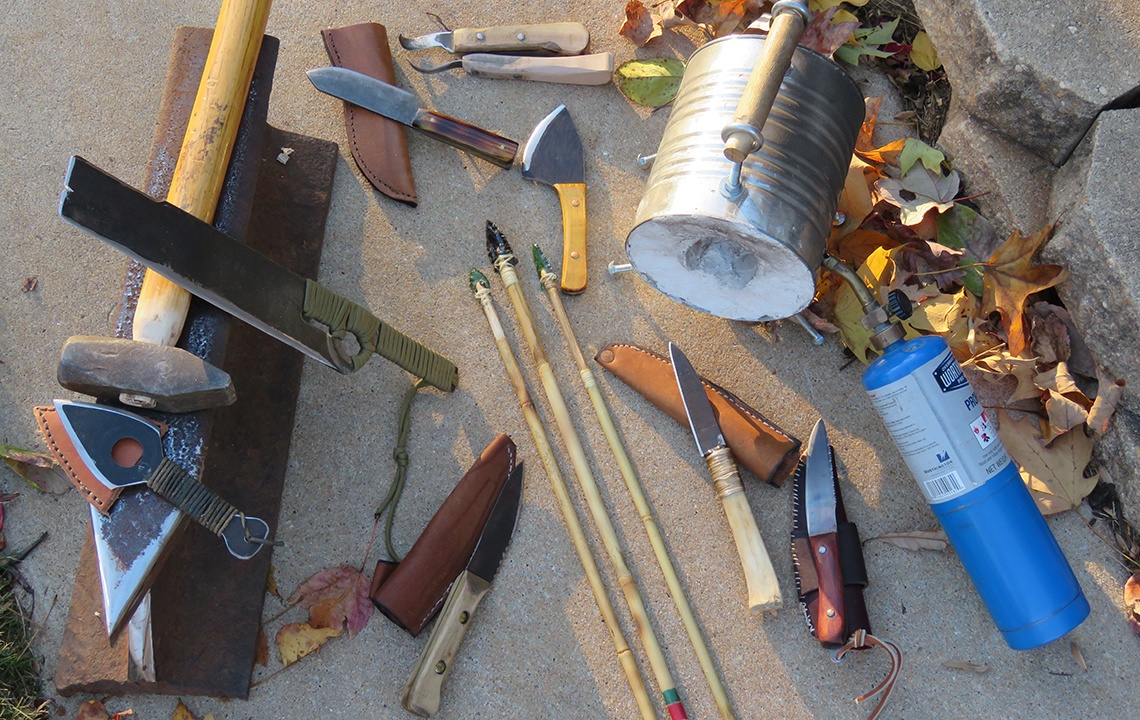
.jpg)
